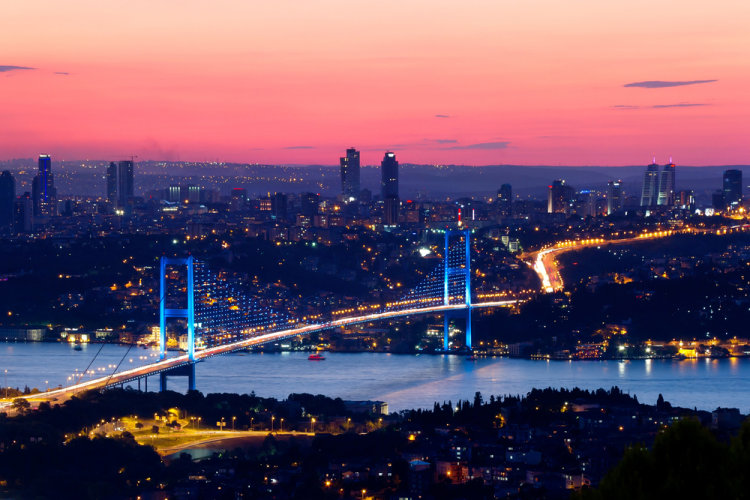There is no doubt İstanbul is a world metropolis. It is also a city, on top of its thousands years long history and cultural accumulation, experiencing a continuous enlargement and evolution pressure.
Rapid demographic growth, expansion of residential areas, big scale infrastructure investments and urban transformation policies impose a radical change, not only on the social and cultural life, but also on the existing environment and urban culture. Within this context of change, İstanbul, just like many cities in Northern Europe, does not have an established tradition of planning; furthermore, we can even go as far as saying that, throughout this expansion process, a viable master plan could never be prepared for İstanbul. However, the informalities that present a methodology for overcoming the problems of unplanned medium became an important element in defining İstanbul as an organically developing city.
At the first glance, İstanbul, as the largest city of a developing country, seems to be sharing the same fate as the other large cities of other countries. On the other hand, taking into consideration the principle of uniqueness of geographical places just like uniqueness of individuals, it has its own identity which distinguishes it from other cities. Its geographical location, topography, multi-layered history, urbanization processes and socio-cultural structure are all building-stones of this identity.
İstanbul, since 4th Century A.D. when it was rebuilt as the capital of Roman Empire, as one of the most important cities of Mediterranean, was the capital of three world empires and is the leading city of Turkish Republic.
The historical peninsula where the first settlements took place, is a natural port surrounded by Golden Horn and Marmara Sea. It is hosting an 8.000 year old history as understood from the Yenikapı ruins. These first settlements, in time, were carried first to Galata, then to the banks of Golden Horn and Bosphorus. The bridges on Golden Horn, which were built in the second half of 19th Century, strengthened the organic integrity of İstanbul. The infrastructure and industrial investments in accordance with the planning studies during the Republican era pushed the city to expand northwards.
It would be sufficient to look at the latest century to explain how Istanbul evolved from the days when the city was bordered within the Theodosius Walls to a borderless world metropolis hosting 15 million inhabitants. Starting from 20th Century, modernization process, urban master plans, industrialization and infrastructure investments pushed the economic center of the city from historical peninsula to Galata and then gradually to Maslak-Büyükdere axis on the same topographic threshold. While doing so, the visual memories of the capital of three empires, the texture of 19th Century and character of Bosphorus have completely changed identity within a span of less than half a century. While the increase of the population ten-folds is the most important factor calling for this change, the cultural features of this population is directly linked with the new look of the city as well as its locational character.
The industrial investments have been decentralized in the last 30 years and the global dynamics of this period constituted new reasons for İstanbul’s growth. The opening of first bridge over Bosphorus in 1973, second one in 1986 and the third one in 2016 have facilitated the transportation between European and Asian sides and noticing this development, the capital investments have concentrated in the area and additionally the improvements in building technology also acted as catalysts for the change process. These factors have converted İstanbul to a city that grows in the forms of layers around its core.
The globalization of the 21st Century brought along many new standards in every field and İstanbul is turning into a platform which is distinct with its architectural features and where famous architects start show up on.
Just like all world cities that interacts and interconnected via a complex network, İstanbul also transforms itself to future that continually changes, putting new layers on the old ones vertically and horizontally as well as in-between each other. This potential hopes that the organic city which is shaped by the flexibility of the informality turns into a bright and attractive metropolis that organizes its surrounding and evolves itself by new infrastructure investments as well as evolving processes.




 Čeština
Čeština